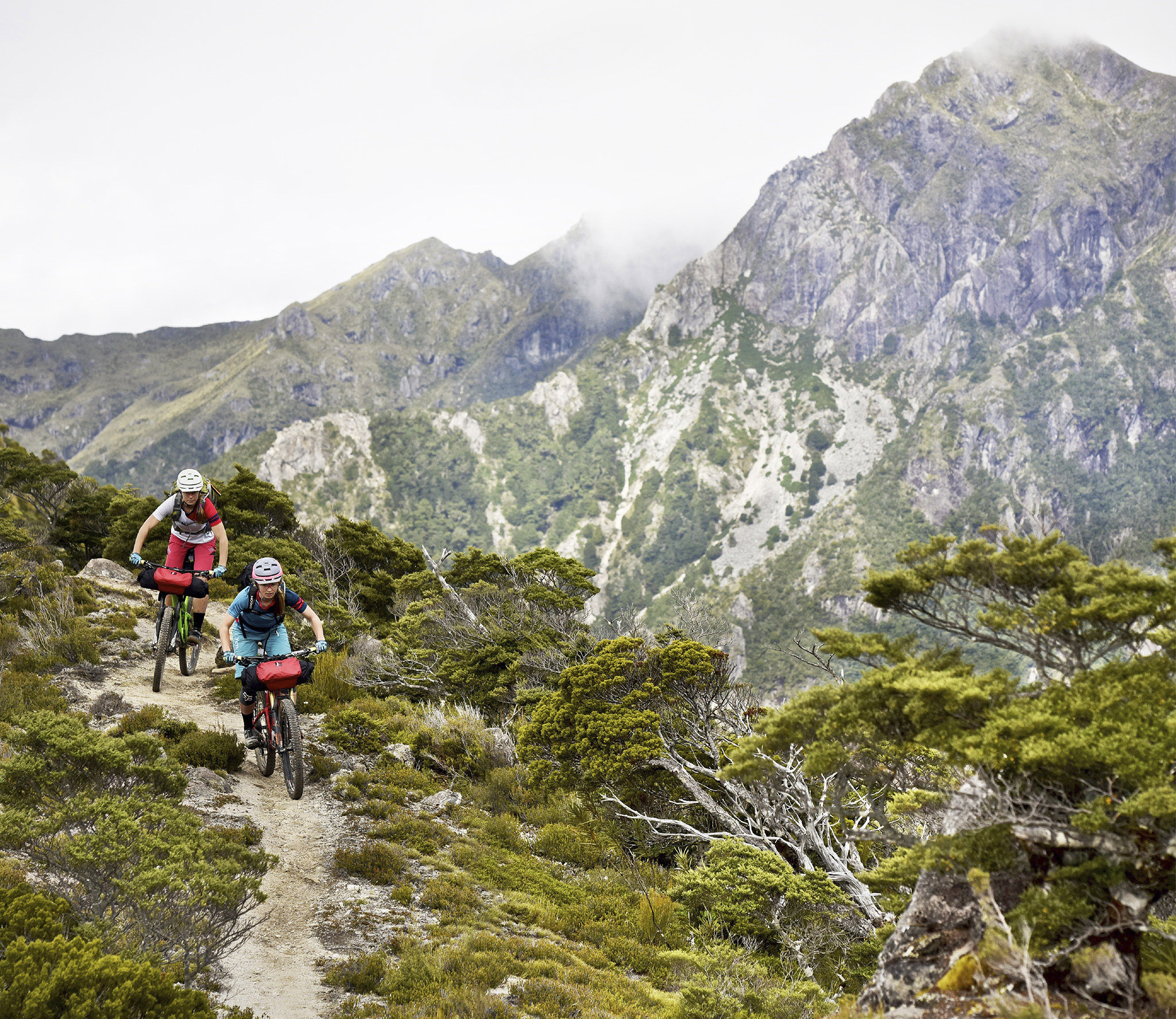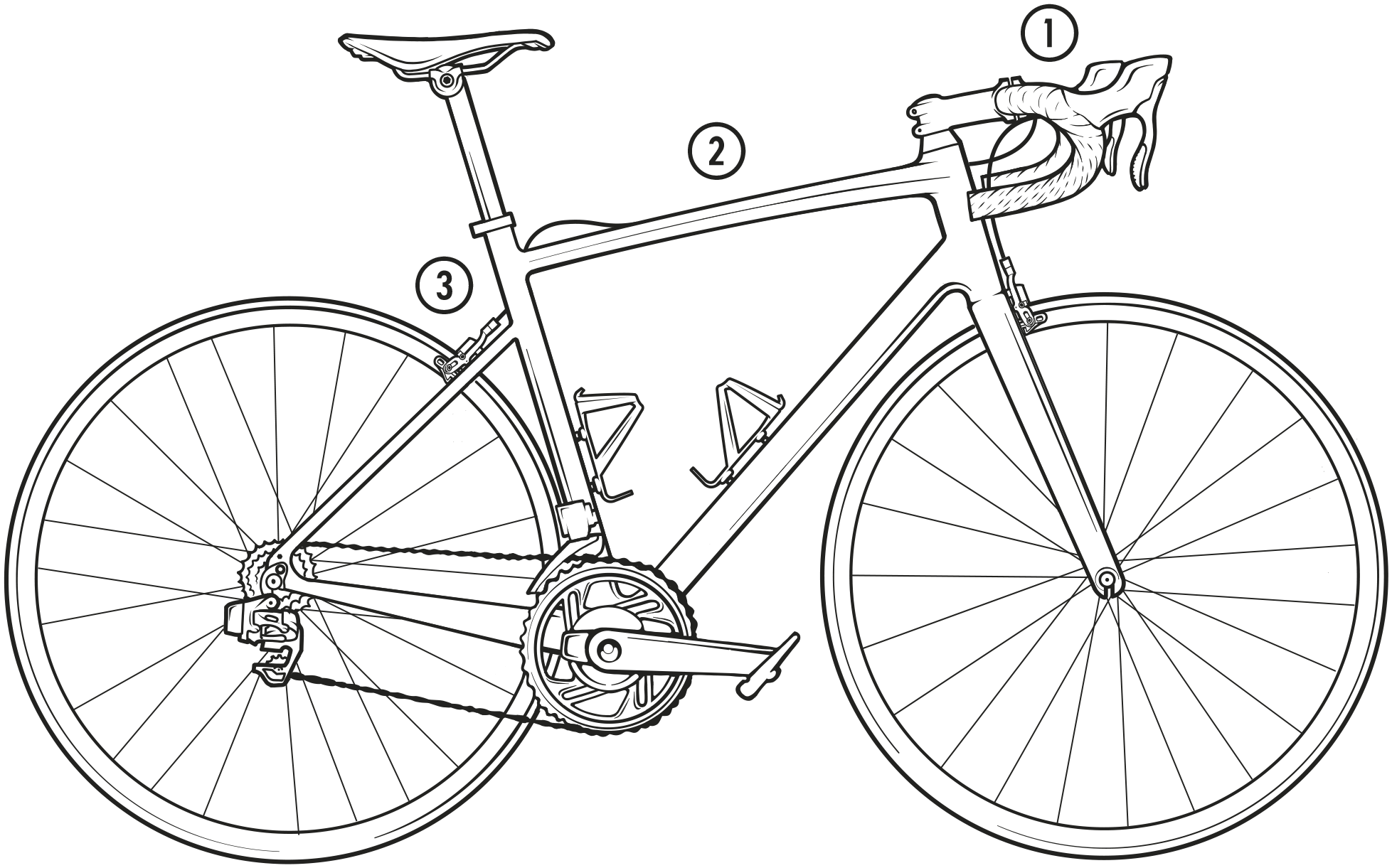Hankering to head off on a cycling adventurebut not sure which bike to choose? Weve got you covered. Heres a quick guideto the four main types of bike, so you can easily pick which is best foryou.
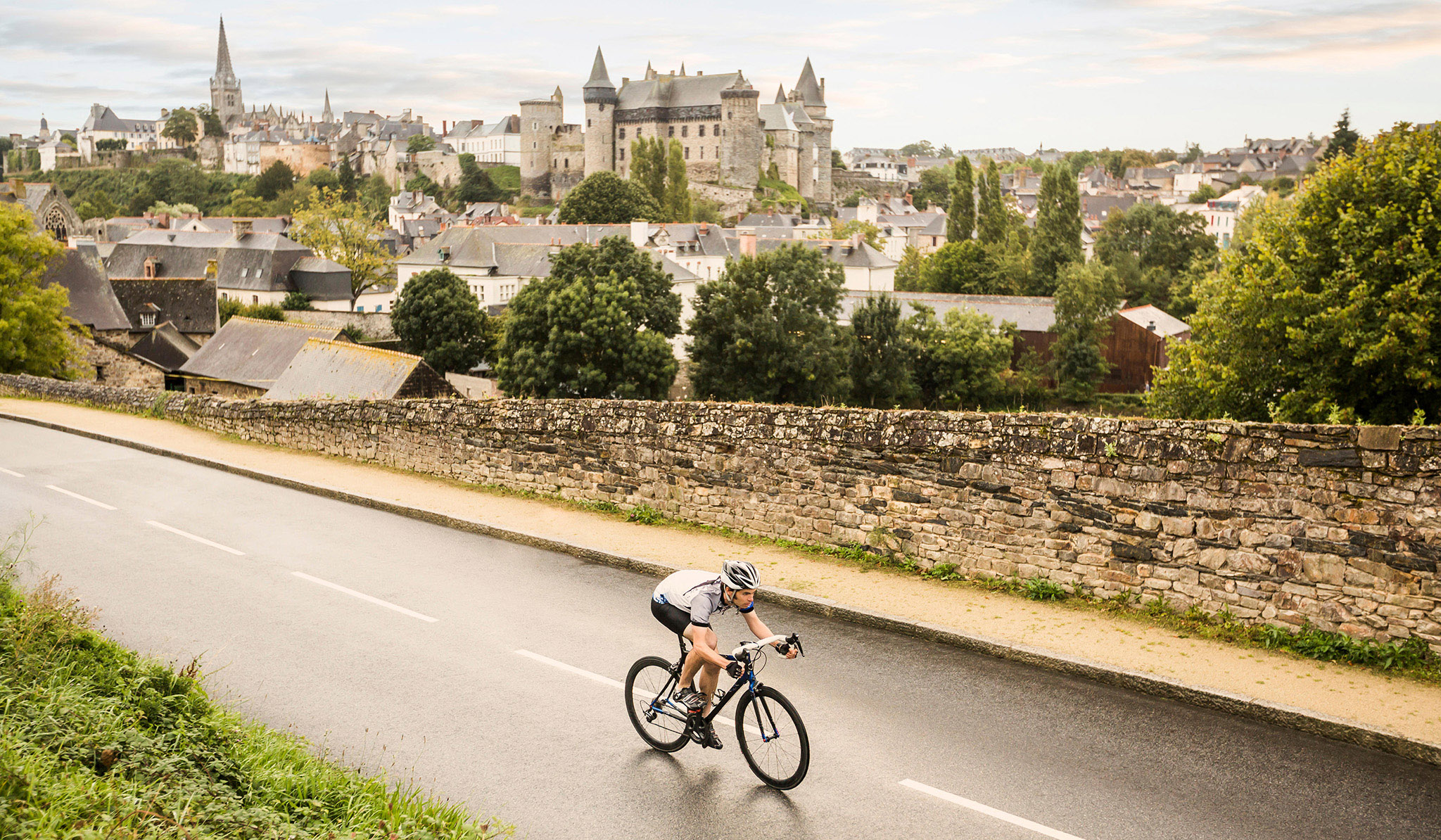
Gliding along smooth tarmac on a road bike
Road
Light and agile, road bikes are designed forspeed. Narrow tyres and lightweight frames make them efficient at rolling alongpaved surfaces, helping riders achieve maximum speed for minimum effort. A roadbike doesnt handle rough terrain very well, but if youre staying on smoothsurfaces it should comfortably manage a wide range of recreational rides. Whilesome models may have fixings for a rack and panniers, most arent really builtto carry luggage beyond a small saddlebag, so youll need to travel light orhave your bags transported for multiday rides.
Dropped handlebars allow riders to hunker down intoan aerodynamic, forward-leaning riding position for greater efficiency.
Frames need to be light and rigid. Carbon fibre isthe usual material of choice for top-end bikes, but titanium is asought-after alternative. Aluminium alloys are a popular, less expensiveoption.
Brakes are either rimbrakes, which grip the wheel rim, or disc brakes, which clamp a small rotorfixed to the hub; hydraulic disc brakes are the most powerful.
Ride | CHOOSING A BIKE
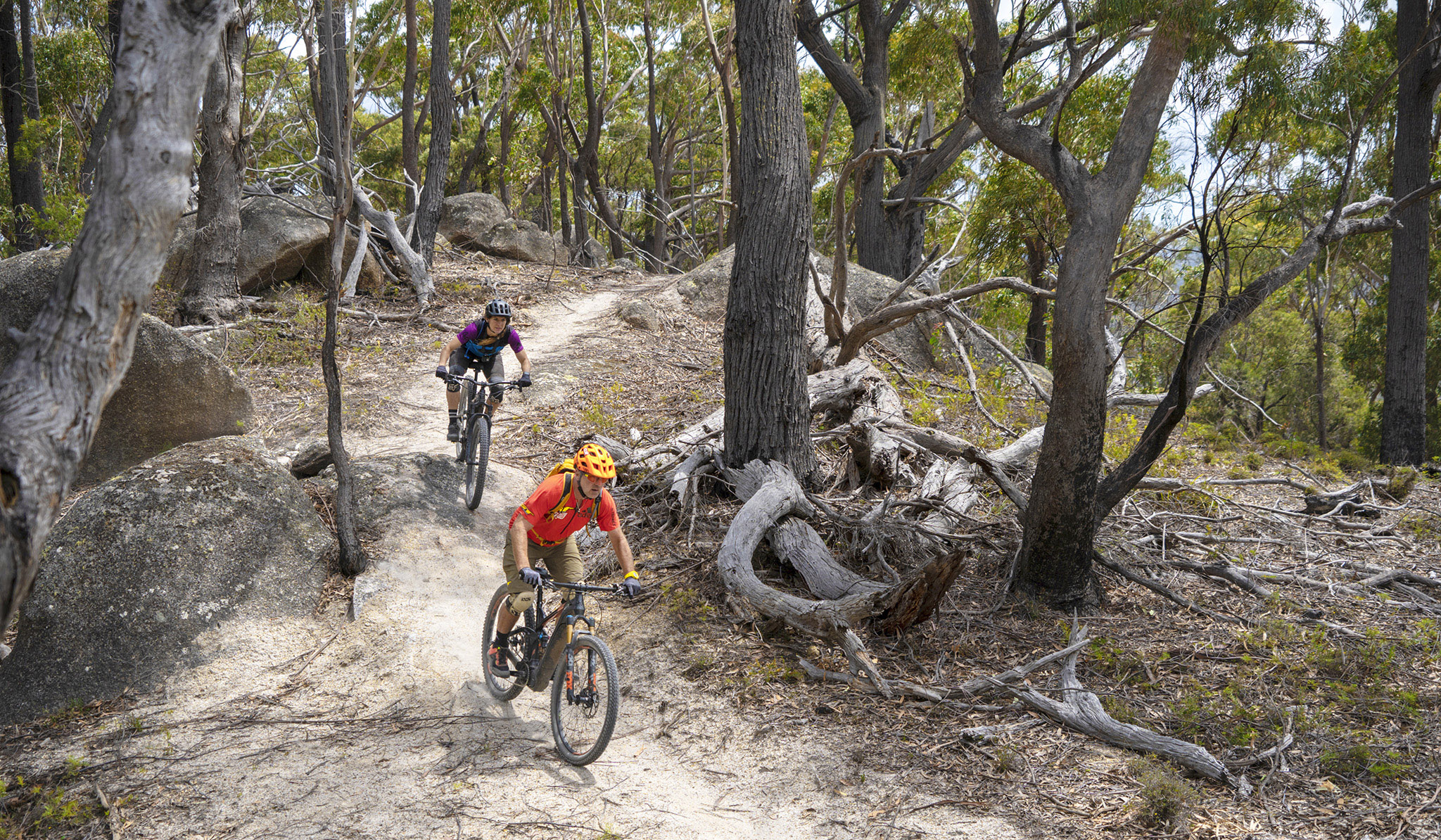
A pair of mountain bikers rolling down a dirttrail
Mountain
MTBs can go almost anywhere off-road, howeverrough, thanks to their robust frames and wheels, big tyres and (usually)suspension. Wide, flat handlebars and an upright riding position helpmanoeuvrability, as do high-power brakes. Theyre less efficient to pedal onsmooth surfaces, so are best suited for forest roads, towpaths, rocky trails anddirt tracks. For bikepacking remote off-road touring an MTB can be turnedinto a pedallable packhorse by using specially shaped bags attached to the frameand handlebars.
Suspension forks absorbshocks from rough surfaces but add weight; they can usually be locked if youneed to do any road riding. Some MTBs have rear suspension, too.
Gears include very lowratios for easy hill climbing perhaps as low as two pedal revolutions forevery one of the back wheel. Range is more important than the overall number ofgears.
Tyres are big and often setat low pressure to help smooth out rough surfaces. They also feature knobbled orridged patterns for traction in mud.
Ride | CHOOSING A BIKE
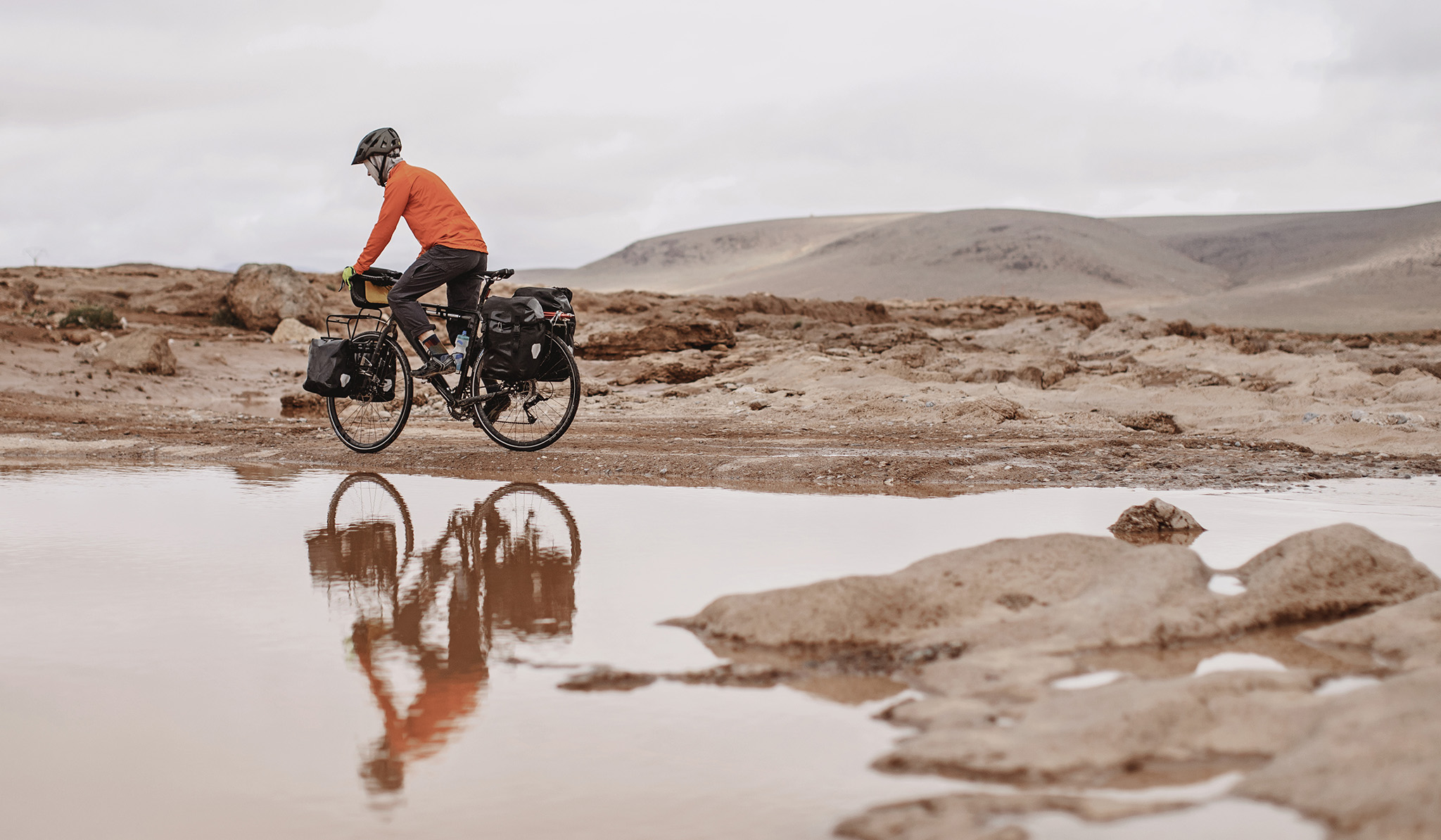
A gravel bike kitted out with front and rearpanniers for touring
Gravel andTouring
There are many bike types between road and MTB,each suited to a particular mix of surfaces and amount of luggage. Sturdy gravelbikes are built with alloy or steel frames to optimize comfort and speed onroads and lighter off-road trails. Low gears help with climbs and strong brakeswith descents. Most models can be fitted with rear racks for panniers, thoughsome cyclists use bikepacking bags. Traditional touring bikes are similar, butare designed for maximum comfort, heavy loads (handling steadily even with frontand rear panniers) and a more leisurely pace.
Mudguards prevent yourwheels spraying you with water and dirt. They may feature on a gravel bike(clip-on ones give flexibility), while a touring bike will almost always havethem.
Rear racks let you hangpanniers and strap more luggage on top; most riders find rucksacks uncomfortablefor touring. Some bikes can also be fitted with front pannier racks.


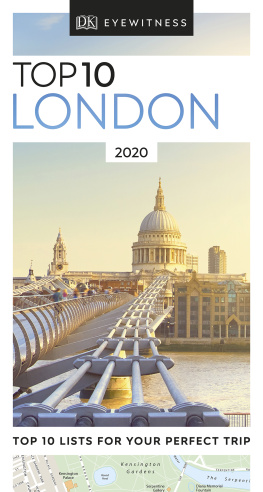
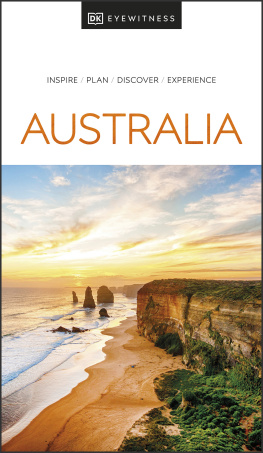
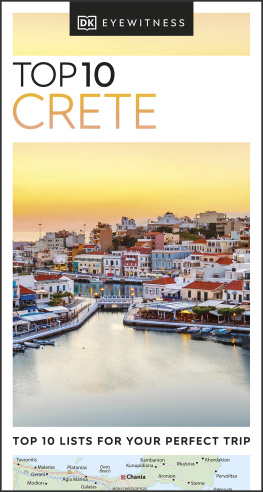
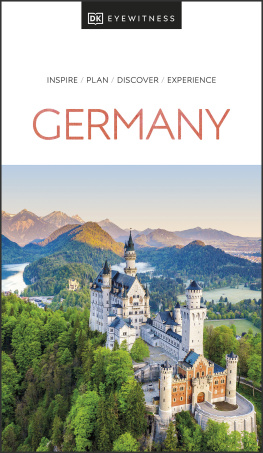
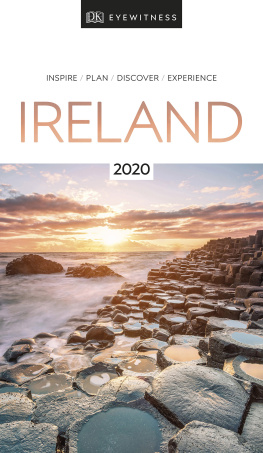


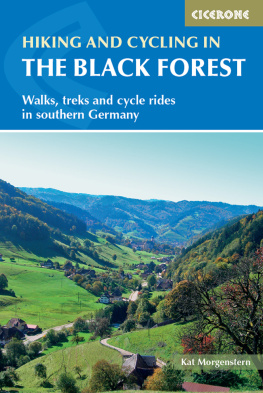
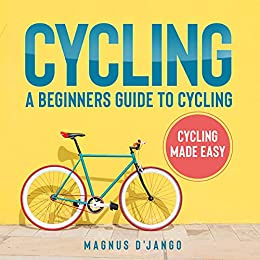
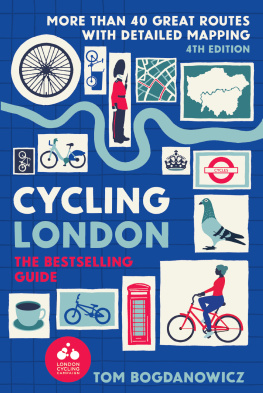

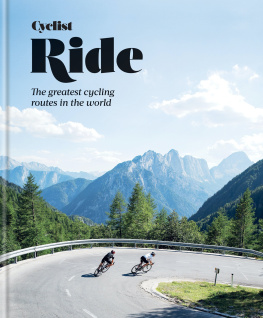
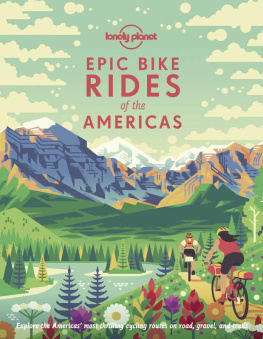
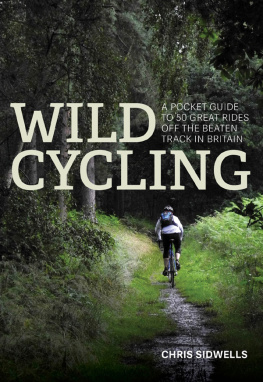
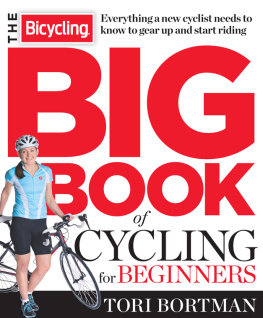




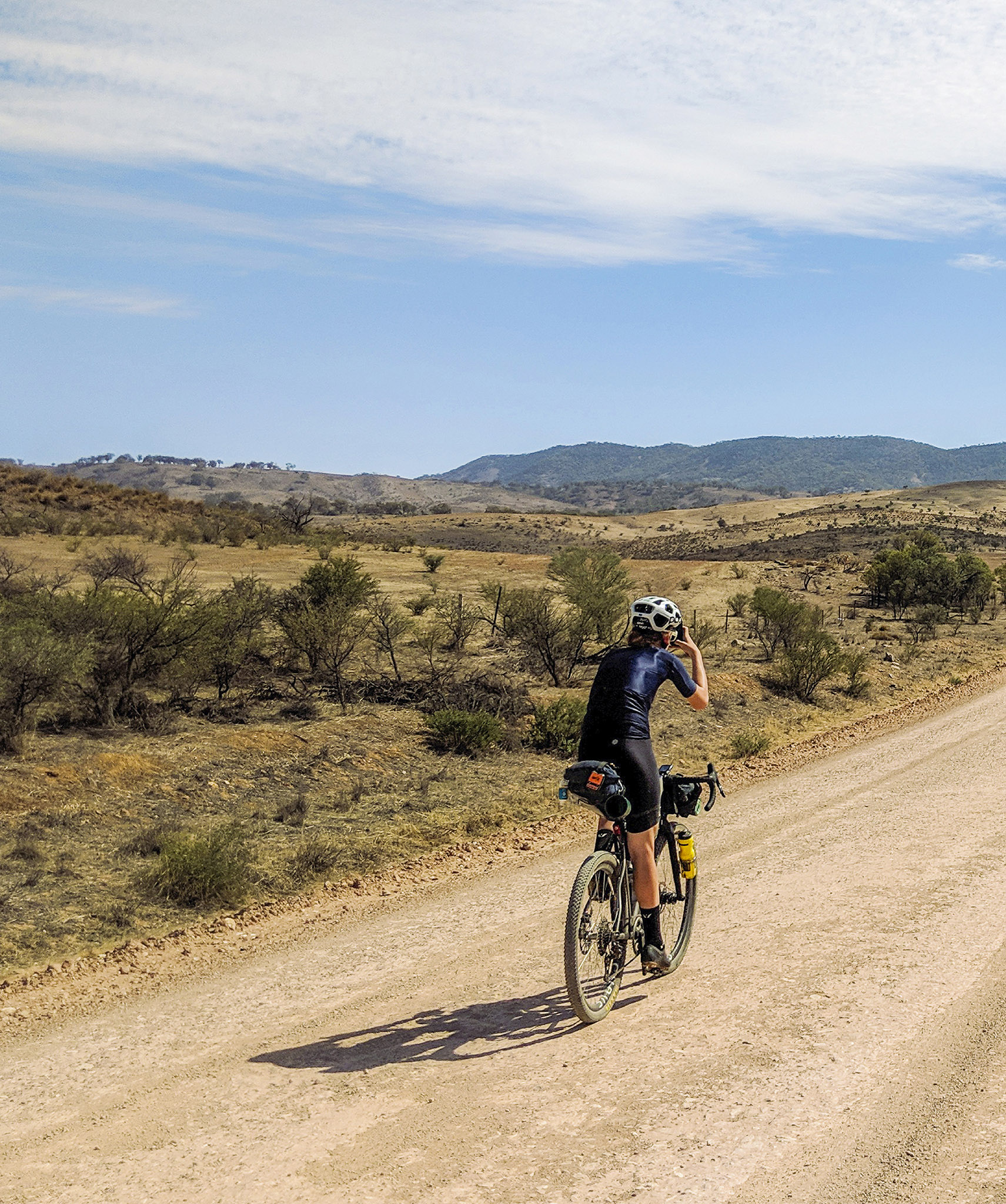
 DISTANCE
DISTANCE TOTAL ASCENT
TOTAL ASCENT ROAD SURFACE
ROAD SURFACE